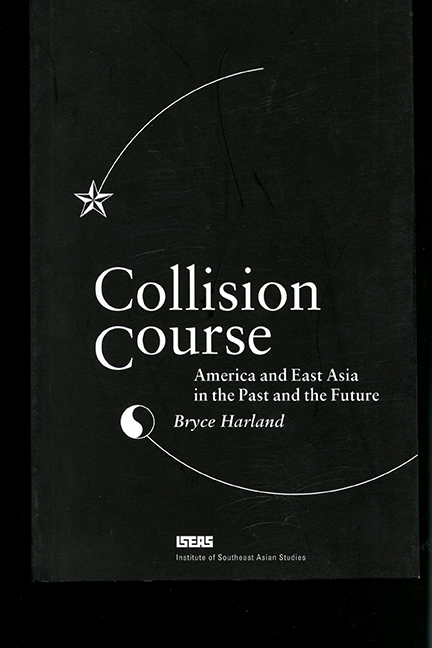Book contents
- Frontmatter
- Dedication
- Contents
- PREFACE
- INTRODUCTION
- CHAPTER 1 The West Strikes Asia
- CHAPTER 2 America Asserts Itself
- CHAPTER 3 Turmoil in China Leads to War in the Pacific
- CHAPTER 4 Cold War Sets In
- CHAPTER 5 War in Korea Deepens Confrontation
- CHAPTER 6 Vietnam – Failure, and Success
- CHAPTER 7 The Anti-Soviet Coalition
- CHAPTER 8 Japan Challenges America Again
- CHAPTER 9 Smaller Dragons Join In
- CHAPTER 10 China against a Wall
- CHAPTER 11 The Asian Diaspora
- CHAPTER 12 Regionalism in Asia
- CHAPTER 13 Whither America?
- Postscript: The Eye of the Viewer
- Bibliography
- Index
- The Author
CHAPTER 6 - Vietnam – Failure, and Success
Published online by Cambridge University Press: 21 October 2015
- Frontmatter
- Dedication
- Contents
- PREFACE
- INTRODUCTION
- CHAPTER 1 The West Strikes Asia
- CHAPTER 2 America Asserts Itself
- CHAPTER 3 Turmoil in China Leads to War in the Pacific
- CHAPTER 4 Cold War Sets In
- CHAPTER 5 War in Korea Deepens Confrontation
- CHAPTER 6 Vietnam – Failure, and Success
- CHAPTER 7 The Anti-Soviet Coalition
- CHAPTER 8 Japan Challenges America Again
- CHAPTER 9 Smaller Dragons Join In
- CHAPTER 10 China against a Wall
- CHAPTER 11 The Asian Diaspora
- CHAPTER 12 Regionalism in Asia
- CHAPTER 13 Whither America?
- Postscript: The Eye of the Viewer
- Bibliography
- Index
- The Author
Summary
The Vietnam war was a critical episode in America's relations with Asia: perhaps it was the critical point, so far. There are at least three specific reasons for this judgement.
— The war was the culmination of the effort the United States had been making, ever since the Second World War, to stop the expansion of Communism in Asia.
— The ultimate withdrawal of American troops and aid demonstrated that there were limits to the price that Americans were prepared to pay to achieve this goal.
— The outpouring of American resources during the war made possible the fast economic growth that took place in Southeast as well as East Asia in the sixties, and ensured that Communism did not spread beyond Indochina.
The Domino Theory, as expounded by Eisehower and Dulles in the fifties, was not borne out by the event, but that was at least partly because of the effort made by the United States in Vietnam. In Asia, as in Europe, America succeeded in containing Communism. But in the process it lost its own unity.
The United States first became involved in Vietnam — or French Indochina, as it was then — near the end of the Second World War, when it was looking for help against Japan. Franklin Roosevelt was sympathetic to anti-colonial movements, and did not discourage the Office of Strategic Services from making contact with the Vietnamese resistance led by Ho Chi Minh. Ho was a long-time Communist, who had been sent out by Moscow in 1925 to organise the movement against the French, and the Japanese with whom they were collaborating. He got on well with the OSS people who worked with him: he professed an admiration for George Washington, as did Mao. But the relationship did not long survive the circumstances that gave rise to it. When Japan collapsed in 1945, the British helped the French to return to Indochina, and begin re-establishing their Empire.
- Type
- Chapter
- Information
- Collision CourseAmerica and East Asia in the Past and the Future, pp. 89 - 108Publisher: ISEAS–Yusof Ishak InstitutePrint publication year: 1986

